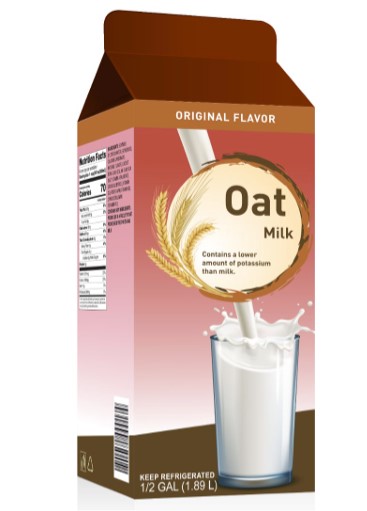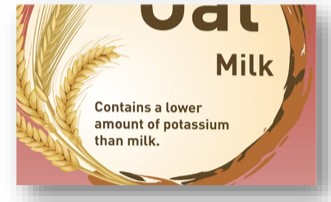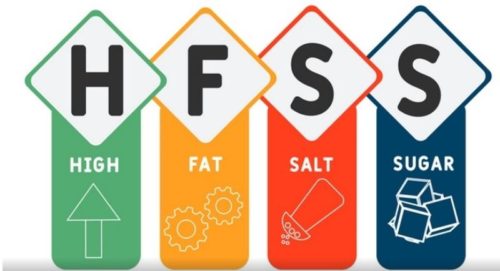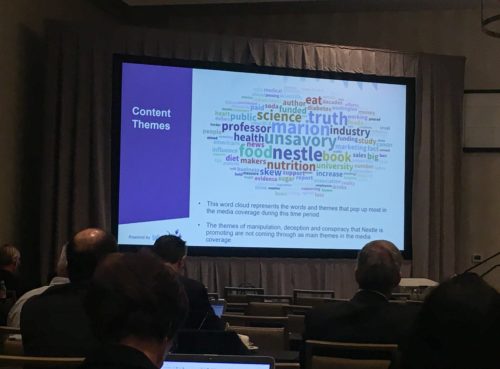Keeping up with cell-based cultured meat
I don’t know about you but I’m riveted by what’s in the pipeline for cell cultured meat alternatives. Here are some recent items I’ve been collecting.
Products under development
- Why the first mass-produced cultured meat product won’t be food: While in the long-term, Czech start-up Bene Meat Technologies plans to develop a cell-based steak product for human consumption, its short-term focus has pivoted to cultured pet food, CEO Roman Kříž tells FoodNavigator…. Read more
- Pork and microalgae cells combined in cultivated meat an ‘industry first’: Czech start-up Mewery claims to have developed the first prototype of cultivated meat based on microalgae. The company is already in talks with the Singapore Food Agency, founder Roman Lauš tells FoodNavigator…. Read more
- UK Scientist produce ‘world’s first’ 100% cultivated steak: UK-based scientists have produced the ‘world’s first’ steak fillet made from 100% cultivated meat. Read more
State of the industry
- Cultivated meat in focus at Tufts cellular ag innovation day: From bioreactor bottlenecks to a ‘global battle cry’ for government funding: It’s becoming increasingly clear that early projections about the speed with which cultivated meat might gain market share now seem pretty optimistic. But Rome wasn’t built in a day, and significant progress is being made to build the ecosystem needed to sustain a completely new industry, said key stakeholders at an event run by Tufts University on Thursday…. Read more
- Dissecting cultivated meat regulation part 2: What’s working in the US and Singapore, and what’s not? Both the US and Singapore have seen cultivated meat products pass through their regulatory processes, yet the two governments approach novel foods in different ways. Which challenges and opportunities exist within these regulatory frameworks, and what impact could they have on Europe?… Read more
State of the techno-food scene
-
Soylent acquired by Starco Brands as nutrition company shifts into its ‘natural next stage’: Soylent Nutrition is joining public company Starco Brands as part of an acquisition that will keep the plant-based food technology company operating as a separate unit under its current CEO Demir Vangelov. As part of the transaction, Vangelov told TechCrunch that he will join Starco’s board and is getting shares in the new company, while himself and Soylent’s shareholders will become the largest single voting block in Starco. Other financial details were not disclosed.
Comment
Cell-based meat, meat-plus-algae, and pet food are not yet on the US market so it’s too early to see what they taste like and how well they will do. I see these products as mostly about mergers, acquisitions, and generating lots of money for investors, which is why I included the Soylent event (Soylent is a nutrient supplement drink, but I put it in the same category of “techno-food”).







